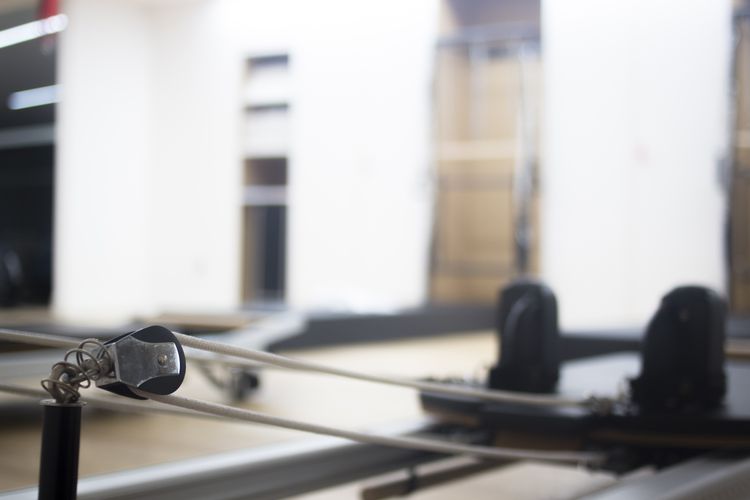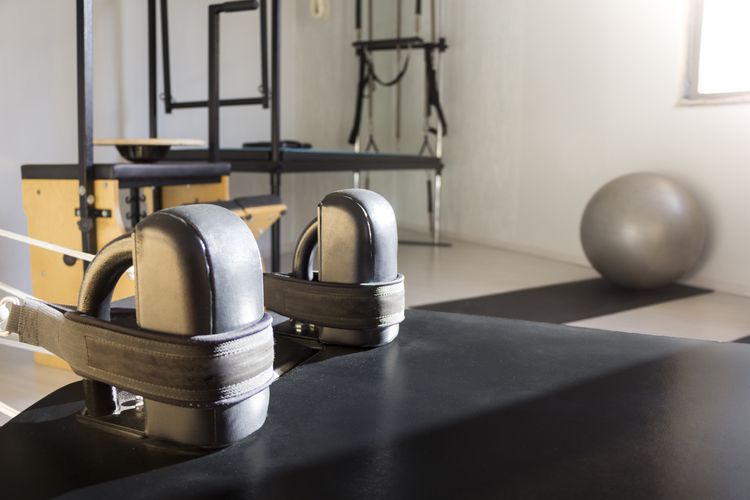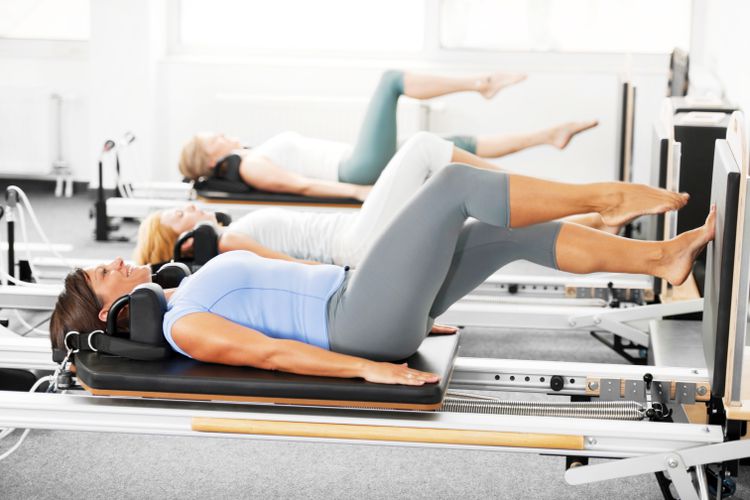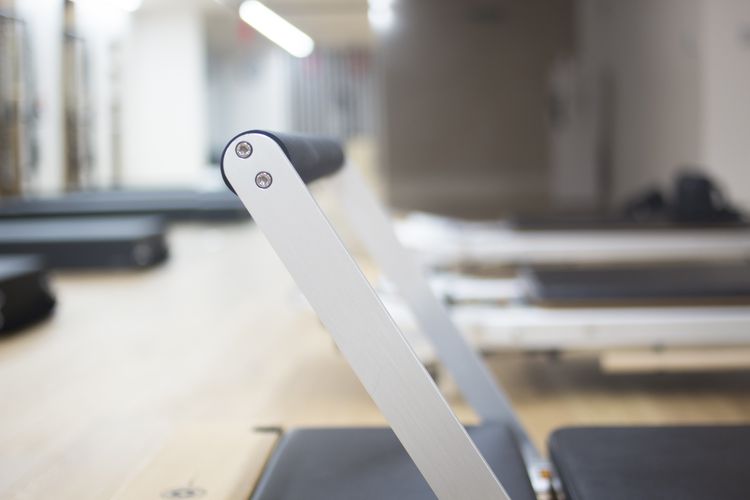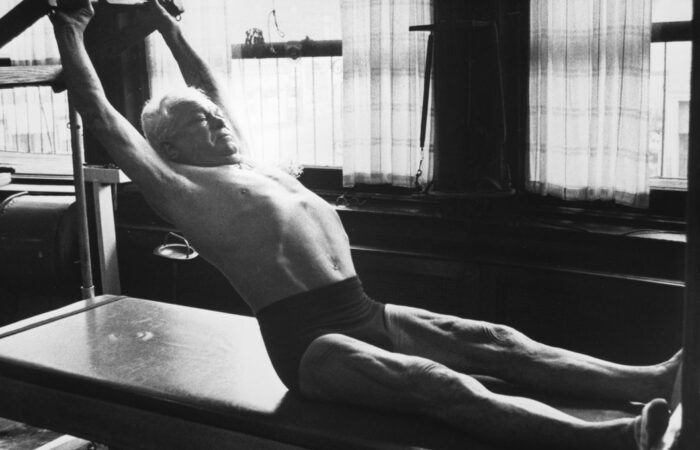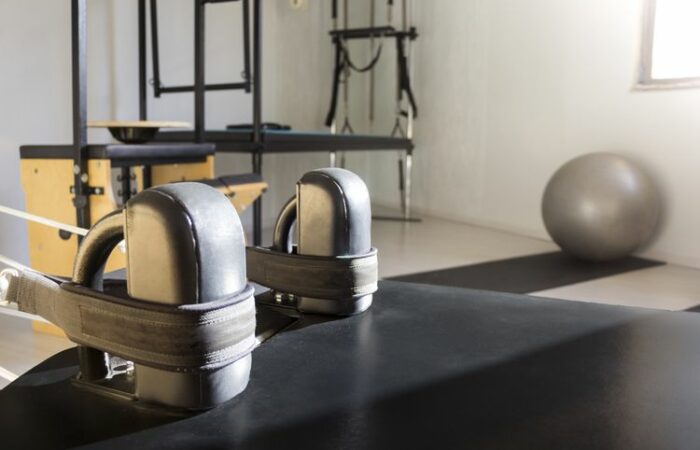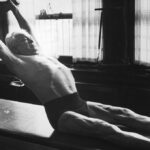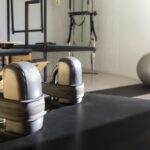In this article, I’ll take you through some of the reasons why neck pain occurs and can set in, as well as some tips on how to avoid it with Pilates.
Why do you have neck pain?
There are several reasons why you may have neck pain.
The posture
And yes! The famous, eternal posture! Between working on the computer, lack of abdominal tone and smartphones that catch our attention too often, we end up bending almost all day.
It is also possible that you have always let your head hang back as if you were resting on your neck. In either direction, the non-alignment of the head with the spine brings its share of pressure, tension and pain. But thanks to the Pilates method, you will be able to correct this bad posture.
How do you do it? Pilates strengthens the core (abdominal muscles, and back muscles). By practicing Pilates, you strengthen all the muscles that support the bust, and learn to straighten up during your sessions but also in everyday life thanks to a new awareness of your posture. CQFD: with a little willpower, you will self-correct and adopt a royal head carriage! At first it will be an effort (let’s not lie), but it will become more natural with time.
My tip: Remember to lift your chin when you walk, but also your head when you are in front of a screen. Imagine that a book is placed on your head, and you will gradually adopt a healthy posture for your neck. Additional info: The weight of an adult head weighs from 5 to 8 kgs, but beware, this increases when the head is tilted (forward or backward). This leaves one wondering…
Anxiety
And yes, often the tensions generated by stress, are lodged in the upper back, trapezius, neck, shoulders.
Pilates can help you reduce the cause, or stress, by focusing on the body and your breathing during your Pilates session.
Breathing plays a major role in relaxation. It relaxes the mind, but it also allows to soften the muscles, tendons, and fascia of the upper body, all around the rib cage.
And during the Pilates session, how does it work?
Well, depending on the fragility of the cervicals, it is recommended, depending on the profile, to keep the head flat, on a cushion that is more or less thick, depending on your morphology. The teacher will make sure that the head is aligned with the body, i.e. the neck should remain long and the chin should not go backwards.
If the weakness comes during exercises, especially those where the head is raised from the lying position, it is probably because you are not rolling up enough. The roll-up requires a supple upper back, so it is one of the aspects widely worked on in Pilates. During these rolling exercises, the gaze must be in the direction of the navel (never towards the ceiling) and the shoulder blades really lifted off the ground, in order to concentrate the weight of the upper body in the center, and thus aim at a more important work of the center (the abdominals in particular). But I reassure you, you can very well modify the exercises by resting the head to relieve the neck, and strengthen your center all the same. Don’t worry: everything is built with time, practice and good coaching. When it comes to posture and flexibility, nothing is irreparable.
So if this article speaks to you, and you want to discuss it with me, it’s here, otherwise you can directly your first free session.
